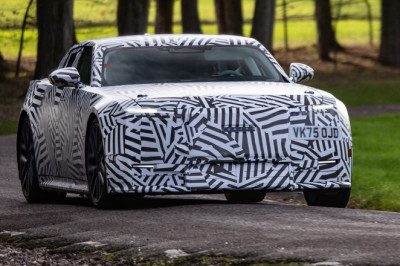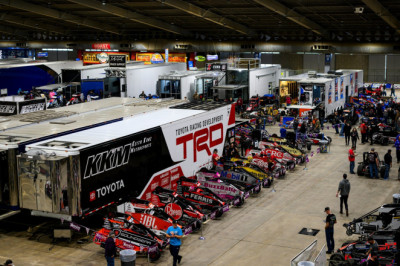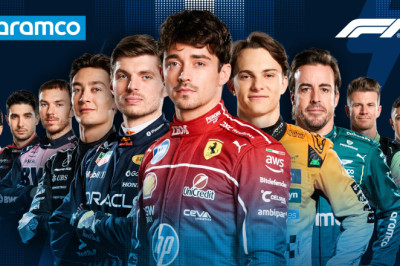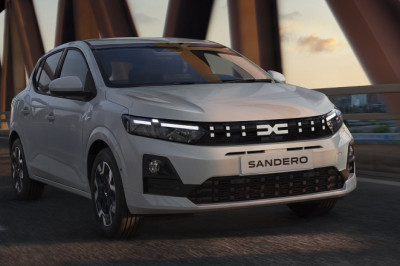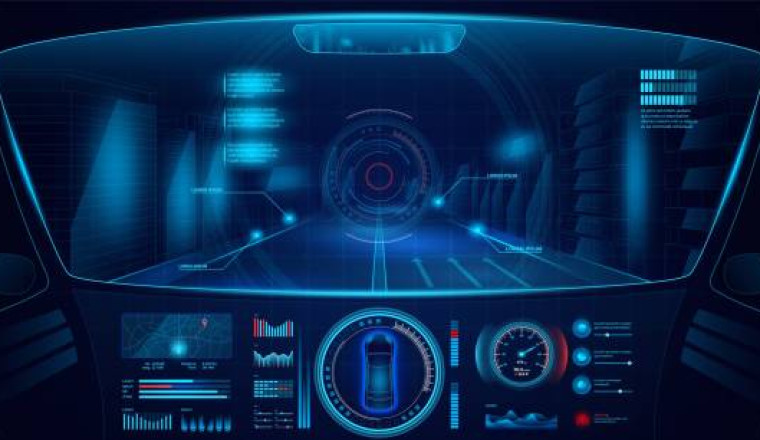
Step into the cockpit of a virtual race car, and you’ll earn an experience beyond adrenaline; what once seemed like a niche pursuit has transformed into a global phenomenon, driving how online entertainment is consumed. Virtual racing games now boast competitive platforms, thriving communities and increasingly sophisticated technology. In tandem, accessibility improvements and cross-platform play have helped break down barriers, inviting a diverse spectrum of participants to join the action from anywhere in the world.
Tellingly, the global racing simulator market is projected to grow from half a billion dollars in 2024 to over $1.1 billion by 2030, indicating an intense and sustained demand. If you're exploring the frontier of digital entertainment, virtual racing offers a uniquely immersive means of participation, competition and connection, all without leaving home. Ultimately, the thrill of controlling a high-performance machine, combined with accessible tech and online integration, positions sim racing as a compelling snapshot of where entertainment is heading.
One major reason virtual racing has accelerated into the mainstream is its perfect blend of realism and affordability. What used to be confined to professional studios can now be experienced right in your living room. A quality setup (including a force-feedback wheel, pedals and mounting hardware) can typically be assembled for $800–$1,500, matching mid‑range performance expectations without breaking the bank. Thus, you no longer need elite-level gear or massive budgets to get involved.
Console players are well served too, as titles like Gran Turismo and Forza Horizon deliver photorealistic visuals and physics-driven gameplay. For aficionados seeking more depth, simulators such as Assetto Corsa and iRacing offer precision and immersive realism you can feel. The learning curve is steep but rewarding, with players often dedicating hours to mastering racing lines, braking zones and car setups. For many, virtual racing has moved beyond casual entertainment, becoming a passion that builds real skills. If you're chasing lap times or streaming your gameplay to friends, it delivers a thrilling fusion of competition, creativity and community.
Virtual racing is just one reflection of broader trends dictating digital entertainment, and you’ve probably noticed the increasing demand for immersive, participatory experiences over passive content. Streaming still holds strong, but younger audiences are shifting toward interactive formats that let them influence, personalize and co-create their entertainment. A recent report on global media consumption found that Gen Z and millennials regard online experiences (particularly gaming) as meaningful alternatives to in-person events.
As online spaces become more social and more immersive, virtual activities like racing sims fit seamlessly into that lifestyle. The rise of eSports, digital communities and creator-driven platforms has blurred the lines between playing, watching and connecting. If you’ve ever wondered what the principal modes of digital entertainment for younger generations are, gaming and user-generated content lead the way. Virtual racing, with its competitive edge and broad appeal, finds itself at the intersection of these rising preferences. Between spectating Twitch broadcasts or jumping into an online lobby yourself, you're part of this changing tide.
Despite its high-tech evolution, virtual racing benefits from something unexpected: nostalgia. There’s a growing fascination with retro games and vintage aesthetics, particularly among younger audiences. On TikTok, #retrogaming videos have amassed over 6 billion views, fueling renewed interest in pixel-perfect racing classics and arcade-style experiences. You might find yourself drawn to the simplicity and charm of older games, particularly as a contrast to today’s fast-paced digital life.
However, the appeal of racing games goes beyond memory. Communities have formed around modding, customization and creative expression; titles like BeamNG or Wreckfest mix technical driving with exaggerated physics and sandbox freedom. The result is a space where you can crash cars for laughs one day and simulate a GT endurance race the next. This combination of skill and spontaneity adds a human touch to virtual racing; no matter if you're watching short clips or creating your own, you're participating in a culture that thrives on playfulness, experimentation and connection.
Virtual racing is a glimpse into gaming and a prototype for future entertainment, with the market’s projected growth over the next five years fueled by more than hardware sales. Meanwhile, streaming platforms are featuring more sim content, influencers are building brands around custom races, with eSports organizations investing in structured racing leagues. As this ecosystem matures, you'll likely see even greater integration of real-world events and virtual experiences. Concurrently, advances in VR, AI-driven race analytics and cloud gaming promise to deepen immersion and personalize competition like never before.
Picture concerts hosted inside racing games, cross-platform tournaments broadcast like traditional sports and real-time audience interaction dictating outcomes. As tech improves and affordability rises, you won’t need top-tier gear to access premium experiences; in fact, you may find yourself building relationships and communities through racing games in much the same way others do through social platforms. No matter if you’re a competitive driver, a casual streamer or just curious about where entertainment is heading, virtual racing offers a front-row seat to the future.











